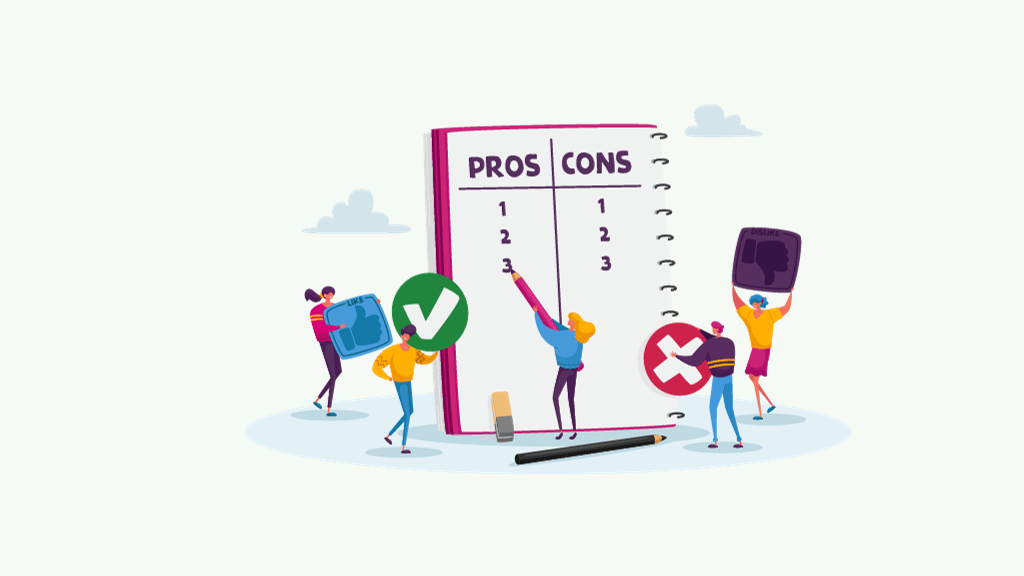Here’s a comprehensive overview of programmatic SEO and a guide on initiating the creation of unique, high-quality pages at scale. It’s time to revolutionize the approach to SEO growth.
Not every strategy should commence with a commonplace blog post echoing familiar information from top Google results and conclude with soliciting links from agencies.
In the current landscape where Google Ads are becoming pricier and organic discoverability less impactful, companies must distinguish themselves in the realm of SEO.
There’s a need to push boundaries and craft something unprecedented in the online sphere. Through the application of creativity, thoughtfulness, and the magic of CSV, programmatic SEO can achieve this, resulting in the acquisition of millions of new customers annually.
While this may seem like an insurmountable task, it’s entirely feasible. This guide will take you through the precise steps to embark on your journey with programmatic SEO.
What is programmatic SEO?
Programmatic SEO is an approach to enhancing a website’s search engine performance through the utilization of automated tools and algorithms.
It entails making use of analytics and data to pinpoint keywords, provide content that is targeted, and improve the general functionality of websites.
This methodology empowers your business to implement data-driven decisions and more effective techniques for boosting organic traffic and elevating search engine rankings.
Programmatic SEO uses artificial intelligence and technology to speed up the optimisation process and produce better results in a shorter amount of time.
For instance, Tripadvisor covers an extensive range of travel-related topics. This extensive coverage is achieved through the utilization of programmatic SEO to effectively reach their intended audience.
When a user searches for “top things to do in (city),” Tripadvisor consistently appears in the top search results. Their strategy involves creating thousands of pages with a uniform design and content structure, catering to every city globally.
The idea behind this strategy is to reach as many users as possible by utilising the large user base that is looking for these keywords.
Consequently, Tripadvisor generates thousands of landing pages, optimizing accessibility through mobile, voice, and local searches.
While much discourse in the SEO community revolves around the concept of 10x content and its purported impact on search rankings, programmatic SEO offers an alternative route to expedite the SEO process.
Unlike the emphasis on authoritative and high-quality content in traditional approaches, programmatic SEO prioritizes delivering an excellent user experience and creating a multitude of high-volume landing pages with transactional intent.
Pros and Cons of Programmatic SEO

Programmatic SEO differs in its approach compared to conventional SEO, yet it represents a valid method for increasing traffic and conversions in conjunction with your regular strategy.
The following are a few benefits of programmatic SEO:
- Building a landing page template facilitates easy scaling of web pages.
- One effort allows targeting entire categories of keywords and ranking for all available searches.
- Focusing on low-competition keywords and ranking on Google enhances search visibility.
- Increased visibility and search traffic boost the likelihood of building backlinks.
- Targeting audiences ready to make a purchase can lead to increased sales.
However, there are certain considerations to be aware of before diving into Programmatic SEO:
- Developing a programmatic SEO template requires coding skills.
- Investing in the appropriate no-code tools may entail a higher upfront cost.
- The creation of low-quality or duplicate content may violate Google’s Spam Policies.
- Indexing all web pages can be a challenging task.
- Programmatic SEO remains a time and research-intensive process that demands ongoing maintenance and monitoring.
Strategic Steps for Successful Programmatic SEO Implementation

To implement an effective programmatic SEO strategy, it is essential to base it on thorough keyword research relevant to your target audience. The following are the five steps to ensure successful execution of programmatic SEO:
a. Perform comprehensive keyword research
As highlighted earlier, keyword research is a pivotal aspect of programmatic SEO and involves the following stages:
1. Identify all head terms: These are broad categories encompassing the most relevant and high-volume keywords a business aims to rank for in search engine results pages. For instance, “hotels,” “flights,” and “itinerary” would be regarded as head phrases by a travel website such as Tripadvisor. Once they’ve been selected, use tools like Google Trends to assess the amount of searches for them.
2. Identify all modifiers: This stage involves recognizing relevant modifiers, which are terms that provide a more detailed description of head terms.
“3-star hotels,” “budget hotels,” and “direct flights” are a few examples of modifiers. Primary modifiers, which generate new keyword categories, and secondary modifiers, which improve the head term description, are the two types of modifiers.
Additionally, local modifiers, combining a head term with a specific location for capturing local leads, can be incorporated. Examples include “hotels in Delhi” or “direct flights to Delhi.”
3. Compile all keywords in one list: Create a comprehensive list that includes all identified keywords and modifiers. Consolidating these in one location streamlines the process, preventing confusion or duplication of content.
b. Perform comprehensive competitor analysis
This stage is essential for gaining insights into the strategies employed by your major competitors. After compiling a list of all keywords, conduct Google searches to identify significant competitors vying for these keywords. Look at the top search results and examine the title tag structures used by these industry leaders.
c. Generate landing pages in large quantities
This is the most crucial and intricate element of any programmatic strategy. After compiling a comprehensive list of keywords and competitor information, the next step involves the creation of landing pages on a significant scale.
Nevertheless, creating a landing page for every term in your shortlist is superfluous. Instead, you can analyze the searcher’s intent and tailor landing pages accordingly.
A practical approach is to examine the “Related Searches” section located at the bottom of Google’s search results page for a specific phrase. To illustrate, consider the previous example related to Tripadvisor.
The “related searches” section presents a plethora of intent-based keywords that can be utilized to generate landing pages on a large scale. You might also take after the strategies employed by businesses that frequently use programmatic SEO.
These businesses create content quickly and effectively by utilizing template forms like listicles, user reviews, Q&A forums, and content tailored to a particular place. Any programmatic SEO strategy must increase your backlink profile to be effective.
Typically, the link-building process begins with the creation of high-quality content that provides value to your audience. To garner substantial media interest, think about disclosing industry insights and confidential data.
In addition, ego-baits—which include promoting or endorsing companies and brands in your content or giving them an embedded badge on your website, like a “Tripadvisor-recommended” label—are another tactic used by many corporations to boost their link-building reputation.
Programmatic SEO deployment requires more than just following broad guidelines to be effective. Although the methods presented in this tutorial offer a comprehensive overview, the use of no-code tools and procedures, as described here, eliminates the need for extensive labor hours or in-depth coding experience.
With dedicated time for research and by following the provided prompts, this strategy can be effectively executed within a week.
Conclusion
Programmatic SEO deployment requires more than just following broad guidelines to be effective. While the outlined steps in this guide offer a comprehensive overview, the use of no-code tools and processes, as discussed here, removes the need for extensive coding knowledge or lengthy work hours. With dedicated time for research and by following the provided prompts, this strategy can be effectively executed within a week.




